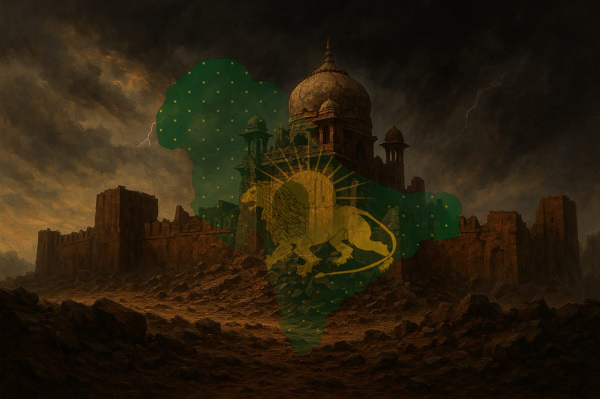Introduction
The Mughal Empire, once a symbol of wealth, power, and architectural brilliance, dominated the Indian subcontinent for centuries. Yet by the 18th century, this grand dynasty crumbled into fragments. What caused one of the most formidable empires in South Asia to collapse? In this deep-dive, Rikhtiya explores the reality behind the fall of the Mughal Empire — not the myths, but the facts, failures, and forces that brought it down.
- 1. Aurangzeb’s Overexpansion: A Double-Edged Sword
- 2. Rise of Regional Powers: Fragmentation from Within
- 3. Economic Decay and Internal Corruption
- 4. Invasions from Persia and Afghanistan
- 5. The British East India Company: Strategic Infiltration
- 6. Failure to Modernize Administration and Military
- 7. Loss of Public Support and Cultural Disconnect
- 8. The Final Blow: The 1857 Revolt
- Conclusion
1. Aurangzeb’s Overexpansion: A Double-Edged Sword
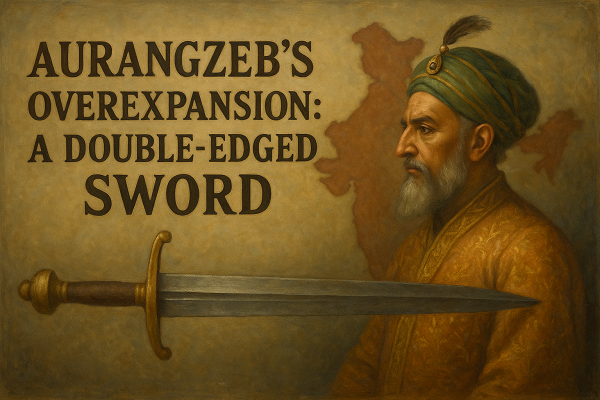
Aurangzeb Alamgir, the sixth Mughal emperor, ruled with unmatched ambition. Under his reign, the empire stretched across nearly the entire subcontinent. But this massive territorial gain came at a steep price. Constant military campaigns drained the treasury and exhausted the empire’s manpower.
Moreover, Aurangzeb’s religious orthodoxy alienated non-Muslim communities. His policies reversed the tolerant approach of his predecessors like Akbar, sowing seeds of rebellion that weakened internal unity — a crucial misstep that left the empire vulnerable.
2. Rise of Regional Powers: Fragmentation from Within
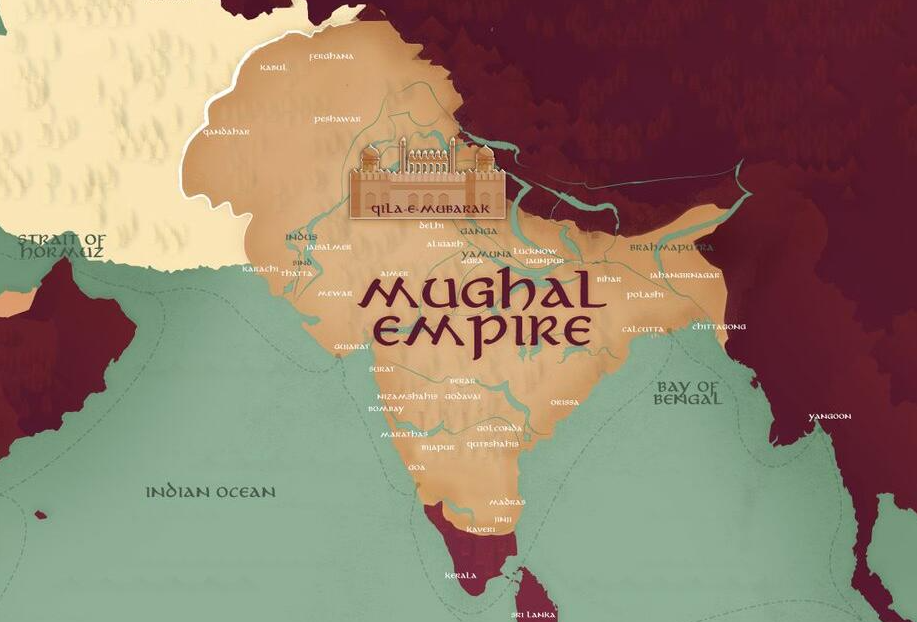
As central control weakened after Aurangzeb’s death in 1707, regional powers gained strength. The Marathas in the Deccan, the Sikhs in Punjab, and Rajputs in Rajasthan began asserting autonomy.
Governors and military commanders started behaving like independent rulers, collecting taxes for themselves and ignoring the emperor’s authority. What was once a tightly-knit imperial administration broke into feudal territories, eroding the Mughal center piece by piece.
3. Economic Decay and Internal Corruption

By the 18th century, the Mughal economy was in disarray. Continuous warfare, droughts, and high taxation had crippled agricultural productivity. The once-thriving trade routes were disrupted, and regional rulers hoarded wealth for personal gain.
At the same time, Mughal courts turned increasingly corrupt. Nobles and courtiers indulged in luxurious lifestyles, draining the state’s resources while failing to invest in governance or infrastructure. The empire was rotting from within — rich in appearance, poor in administration.
4. Invasions from Persia and Afghanistan
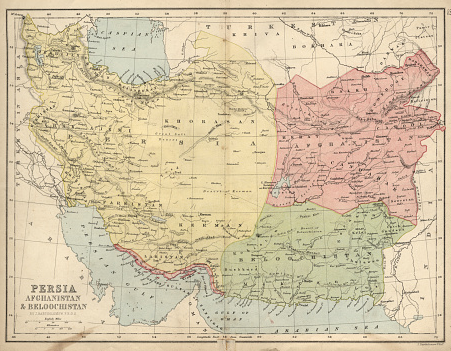
External invasions further devastated the empire. In 1739, Nader Shah of Persia invaded Delhi, looting immense wealth, including the legendary Peacock Throne and Koh-i-Noor diamond. His army massacred thousands and left the capital in ruins.
Later, Ahmad Shah Abdali launched repeated invasions from Afghanistan, further weakening Mughal control in the northwest. These invasions crushed morale and exposed the empire’s military vulnerabilities.
5. The British East India Company: Strategic Infiltration

While the Mughal Empire was internally collapsing, the British East India Company expanded its foothold in India. What began as a trade relationship evolved into political domination.
The Company exploited the political chaos, signed treaties with regional rulers, and used their private army to take over provinces. In 1765, the British gained the right to collect revenue in Bengal — a major blow to Mughal sovereignty. Eventually, the empire became a puppet under British control, with the emperor reduced to a figurehead in Delhi.
6. Failure to Modernize Administration and Military
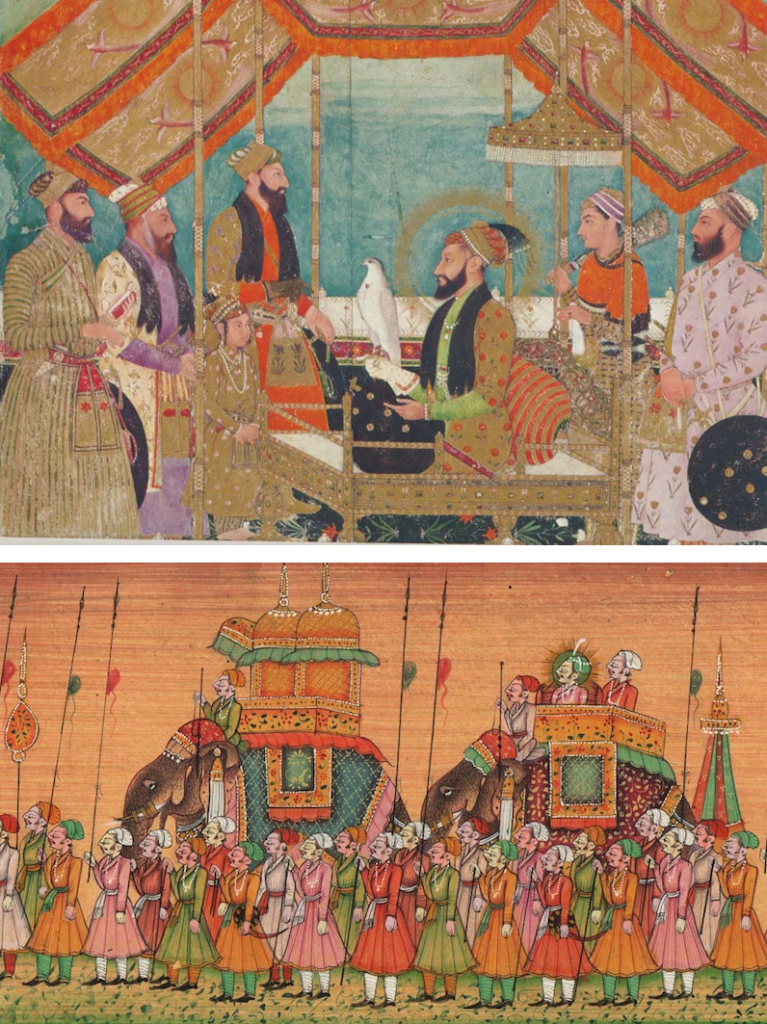
Unlike their European counterparts, the Mughal rulers failed to modernize their military and bureaucracy. Their reliance on outdated weaponry and feudal-style governance left them ill-equipped to handle changing political dynamics.
European armies adopted discipline, strategy, and advanced firearms. The Mughals, in contrast, stuck with elephant-led armies and lavish durbars, losing their edge both militarily and politically.
7. Loss of Public Support and Cultural Disconnect

Another underrated reason behind the Mughal decline was the growing disconnect between the rulers and the ruled. Heavy taxes, religious intolerance, and political instability made the empire unpopular among its own people.
Where emperors like Akbar had united diverse communities under shared prosperity, later Mughals alienated their subjects. This loss of public support turned rebellions into revolutions, which the empire could no longer contain.
8. The Final Blow: The 1857 Revolt
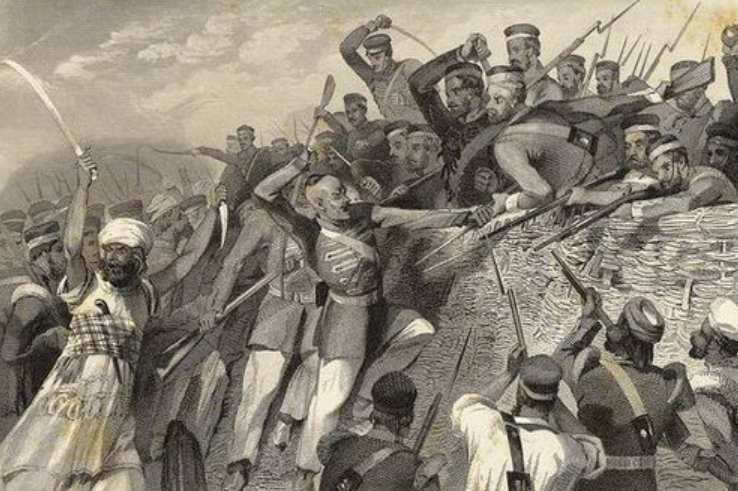
By the mid-19th century, the Mughal Empire existed only in name. The final nail in the coffin came with the Indian Rebellion of 1857, also known as the First War of Independence. Though not orchestrated by the Mughals, the British used it as a pretext to formally abolish the empire.
Emperor Bahadur Shah Zafar, the last Mughal ruler, was captured, exiled to Burma, and the empire that had once ruled over 150 million people was officially dissolved in 1858.
Conclusion
The fall of the Mughal Empire wasn’t due to a single failure, but a combination of overambition, internal corruption, resistance from regional powers, and colonial manipulation. It stands as a powerful reminder that even the greatest empires are vulnerable when they lose the trust of their people and fail to adapt to change.
At Rikhtiya, we bring history to life — not just to inform, but to help you connect the past with today’s realities. Discover more fact-based explorations like this one only on Rikhtiya, where every story has depth and every detail matters.

